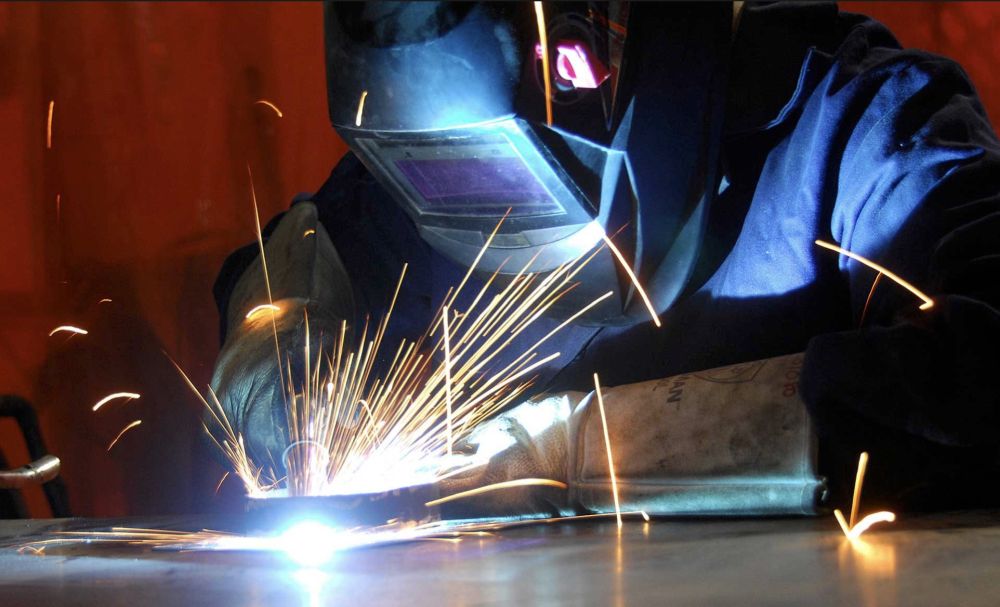Understanding structural steel fabrication: the ins and outs
Structural steel fabrication is a key part of any construction. However, it’s often confused with other forms of metalworking.
Many people don’t understand the rigorous process that is undertaken to ensure integrity and quality. Given these misconceptions, you need to understand the process and importance of steel fabrication and the implications on quality workmanship. In this article, we dive into the many elements that make up this process.
Fabrication is a process of bending, cutting and shaping steel to its final form, resulting in the creation of the end product. There are several parts that are created independently and assembled using the aforementioned techniques.
Given that there will be varying products that can require steel fabrication, all elements of the design, planning and fabrication process must be undertaken by specialised tradespeople, who are able to create bespoke products and have a sound knowledge of both theory and practice.
What kind of projects might I need structural steel fabrication for?
- Residential projects (staircases, handrails, mezzanine construction)
- Commercial projects
- Outdoor and landscaping (metal grilles, drainage)
- Goods manufacture
What does the process look like?
Brainstorming
Get thinking about your ideas – the sky’s the limit. An experienced fabricator or designer will help guide you and provide some inspiration for designs that will work effectively to your brief.
Blueprint Creation
Engineering software will be used to design a blueprint for your final design, which will map out how your design will be assembled, as well as the individual parts needed. You should review carefully at this stage to ensure that your project is designed to meet your specifications (aesthetically, as well as any regulatory and compliance obligations).
Manufacture
At this point, your fabricators will work from the blueprints that you finalised with your vendor to cut and drill the steel beams. They will use a variety of special tools, such as saws, shears, lasers and punches, with highly trained and certified fabricators ensuring quality with every cut.
Each individual piece of the assembly will also be etched with identifying marks to ensure that they can be assembled quickly and accurately compared to the blueprint at the end of the process.
Your parts will be checked (and test assembled if space allows) for quality and compliance, as well as any final coatings and finishing.
What happens then?
Once your product has been manufactured, it will be disassembled, packaged up and shipped out to you for final installation and assembly. The etched serial numbers and identifiers will enable you (or your installer) to quickly and easily distinguish the components for assembly and ensure that they are placed correctly.
Given the intricate nature of the work and the importance of structural integrity when completing these projects, you should be sure that you are choosing an experienced fabricator, using state of the art software to ensure the highest levels of accuracy. Be sure to review the qualifications, facilities, and experience of the company and read through customer testimonials and check for evidence of previous work.
If you’re feeling ready to get started or have an idea but no clue where to go, feel free to reach out to KNS now to get some expert advice.


